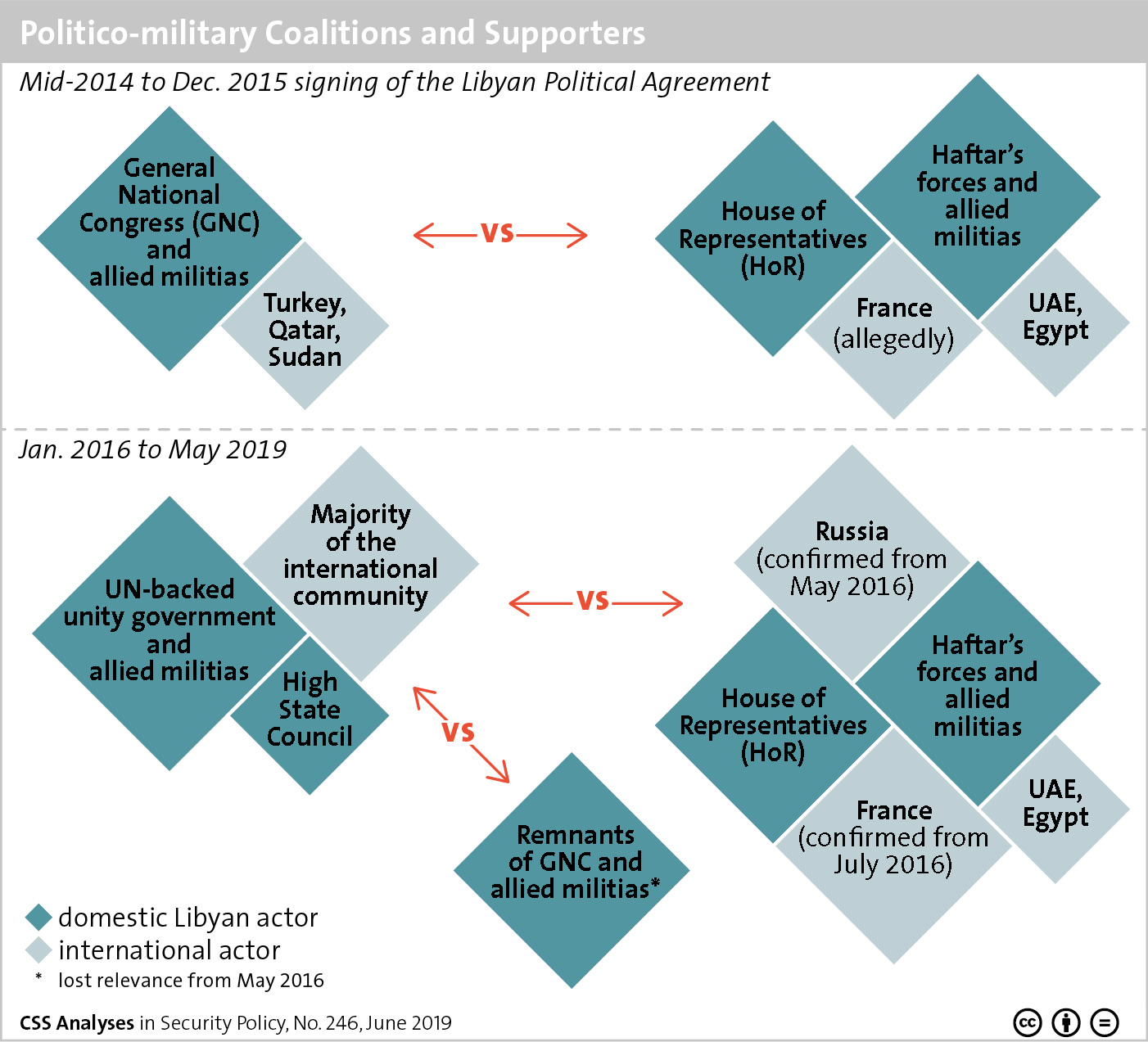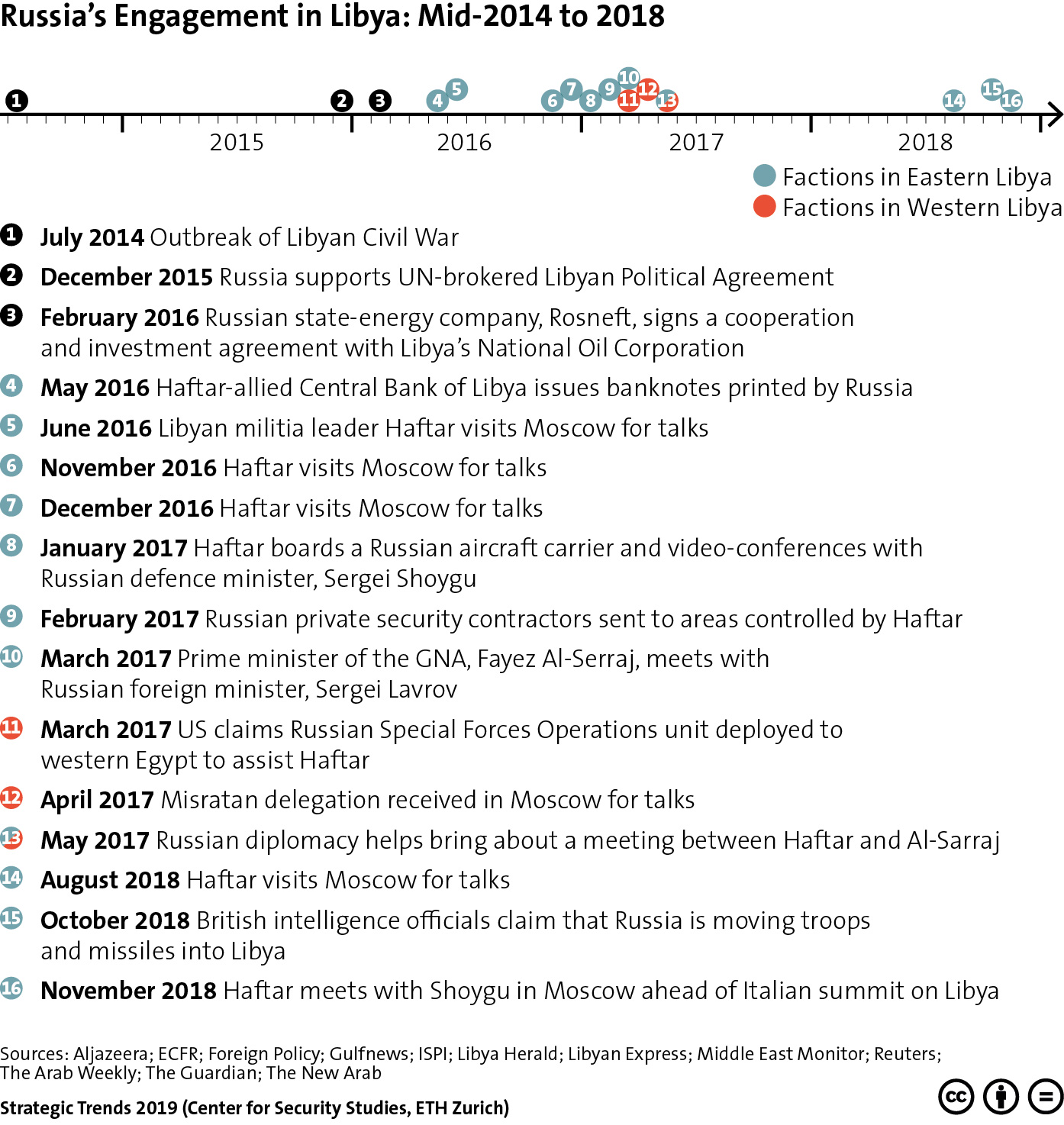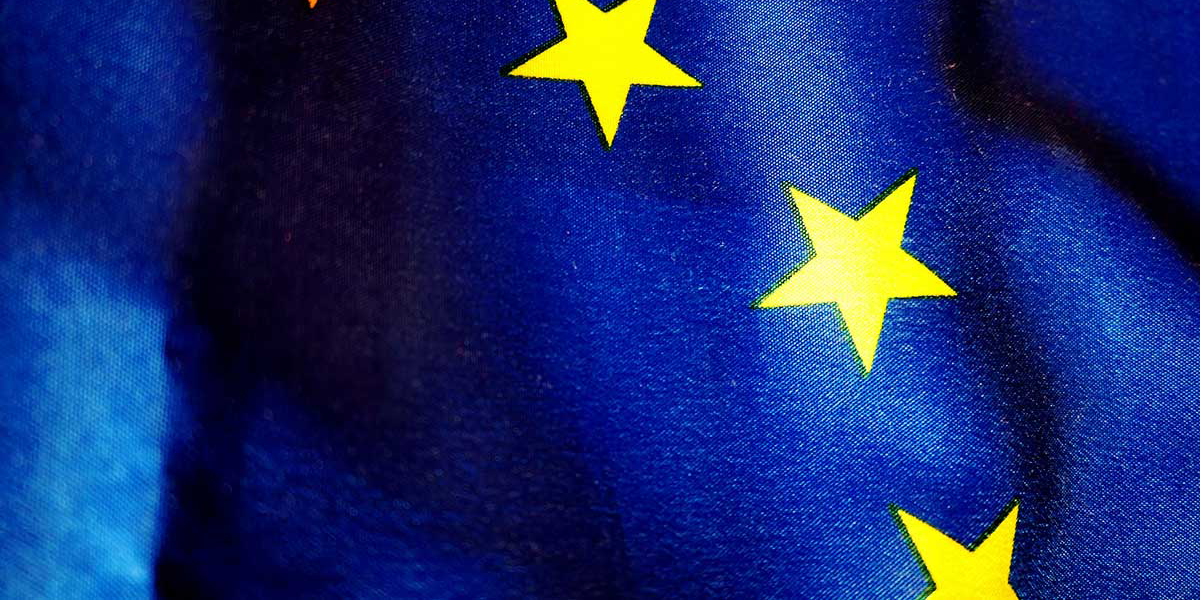
This article was originally published by the International Crisis Group on 27 December 2019.
Friends and foes alike no longer know where the United States stands. As Washington overpromises and underdelivers, regional powers are seeking solutions on their own – both through violence and diplomacy.







